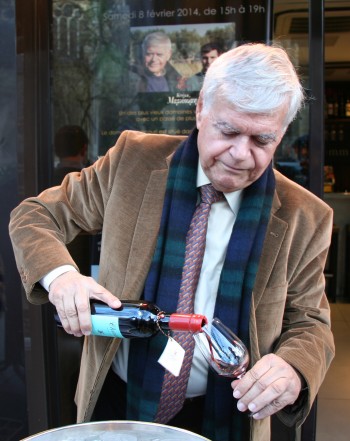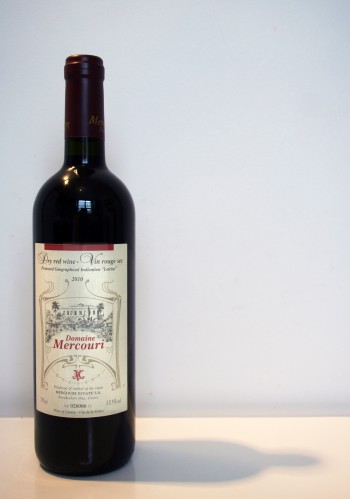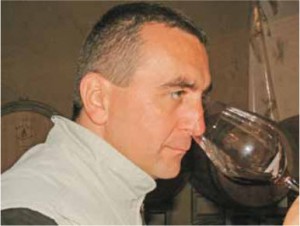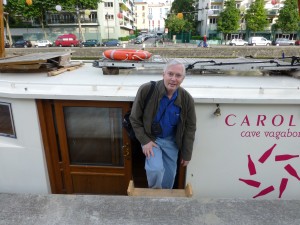Last Thursday we attended a wine tasting hosted by Mavrommatis, a wine cave on rue Censier in the 5th arrondissement. There, we met Vassilis Kanellakopoulos and his son Dimitris, who were exhibiting a number of wines from their vineyard in Greece.
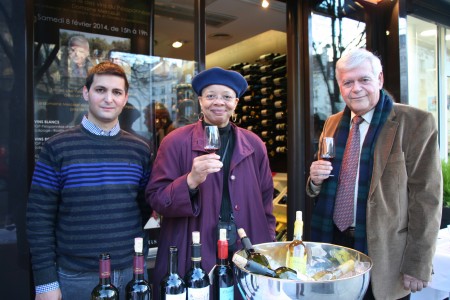
From left to right:
Dimitris Kanellakopoulos – Monique Y. Wells – Vassilis Kanellakopoulos
Photography by www.DiscoverParis.net
Vassilis Kanellakopoulos is managing director of the Mercouri Estate, a vineyard in the Western Peloponnese on the plateau of the Ichthis peninsula. About 150 years ago, founder Theodoros Mercouri purchased the land and planted Refosco grape-cuttings that he brought back from Northern Italy. Today, the fourth generation Kanellakopoulos brothers, Vassilis and Christos, continue the family tradition.
As a young man, Mr. Kanellakopoulos did not enter directly into the family’s wine-making business. Instead, he studied civil engineering at Athens Technical University and then earned a Master’s degree at Surrey University in Guildford near London. He returned to Greece where he worked for a few years as an engineer. At some point, he returned to the family property where he and his brother replanted, renovated, expanded, and transformed the vineyard into a modern winery. Today, they produce 120,000 bottles of wine per year from a total area of 16 hectares.
Mr. Kanellakopoulos poured several wines at the event. The first red that he served was the basic wine of the estate, the Domaine Mercouri. Produced from Refosco and Mavrodaphne grapes, it is aged twelve months in French oak casks, and then bottled and allowed to mature for several more months.
I was impressed by its assertive red-fruit and leathery aroma. Dark red-purple in color, it is medium-bodied and dry, but not too tannic. Monique declared that she detected a slight “fizz” on the tongue. We purchased a bottle and paired it with sautéed breast of duck the following evening. It was a perfect match!
I will describe another wine that we purchased that day in another blog. Stay tuned…
Mavrommatis
49, rue Censier
75005 Paris
Mercouri Estate
Korakochori Ilias
27100 Greece

